
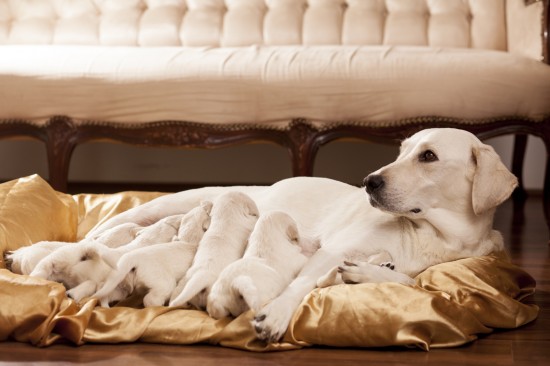
Generally, dogs make excellent mothers and will take care of their litter, protect them and feed them with no outside intervention or needing to be taught how to care for the pups. However, in a few thankfully rare situations, the dam of a new litter may turn on her puppies, either ignoring them and refusing to care for and feed them, or actively trying to cause them harm.
This is understandably disturbing and problematic, and may well require intervention in order to protect the puppies, possibly even going as far as to necessitate the puppies being removed from the dam and raised by people. While there is not always a clear or obvious reason behind why a dam might turn on her own puppies, there are certain situations that can create or exacerbate a problem, and make it more likely that the litter will be rejected by the dam.
Read on to learn more about why a dam might reject or turn on her own litter.
If the dam is placed under a lot of stress either during her pregnancy or after the birth, this additional pressure at what is already a challenging time for her may lead to defensiveness, aggression and other inappropriate behaviours. This may be manifested by attacking or rejecting the puppies, and all breeders and owners of a bitch with puppies should take pains to ensure that the environment the dogs are kept in is as calm and stress free as possible. The dam should be well fed and provided for, allowed their peace and quiet, and not be unduly harassed or moved after the birth.
Dams that have a litter particularly young or those that are delivered by caesarean section will, in some rare cases, suffer from a disconnect in understanding what has occurred, and have problems recognising her puppies as her own. If the dam does not accept the puppies as hers, this can lead to aggression or neglect towards the puppies, and of course ongoing problems with bonding between the litter and the dam. Try to ensure that bitches are not bred too young, and that if a caesarean section is necessary, that the puppies are presented to the dam at the earliest available opportunity in order to give them the best chance of bonding.
Again, very young dams might simply not understand what taking care of their puppies involves, another issue that can be minimised by ensuring that bitches are not bred at a young age. Also, dams that were not raised properly by their own mothers, that were hand-reared or that were weaned very early might again have problems understanding how to care for their puppies naturally.
If the dam is unwell, sick or injured, she is more likely to reject the puppies. This is particularly true if the dam contracts mastitis, a painful inflammation and infection of the teats and milk ducts that will make it extremely painful for her to nurse her young. Keep an eye on the dam for any indications of ill health, particularly mastitis and urinary tract or uterine infections that can occur shortly after birth.
In the wild, puppies that are unhealthy or that are small and weak are unlikely to live to maturity, something that the dam is often aware of even if the situation is not obvious to people. While the litters of dams bred within domestic environments and with access to veterinary care will often survive and ultimately thrive even if they are small or weak at birth, this is not something that the dam will be aware of! Because dogs have learnt through the process of evolution that weak and sick puppies are unlikely to survive, it is natural in some circumstances for dams to abandon or even kill unhealthy members of her own litter. This is due to an inherited knowledge that the puppy is unlikely to survive anyway, and will be taking resources such as food and attention from the other healthy puppies in the meantime.
If your litter contains a runt or a puppy that doesn’t appear to be thriving or well taken care of when the other puppies are, you may need to intervene to care for the puppy yourself, and ensure that the dam does not harm them.
In some thankfully rare cases, the dam of a litter will actually eat her own young, and the reasons behind this are not totally clear. Any of the above situations describe reasons for why a dam might neglect or reject her litter, and if this occurs, the litter must be carefully supervised if left with the dam to ensure that the dam does not try to kill them or eat them.
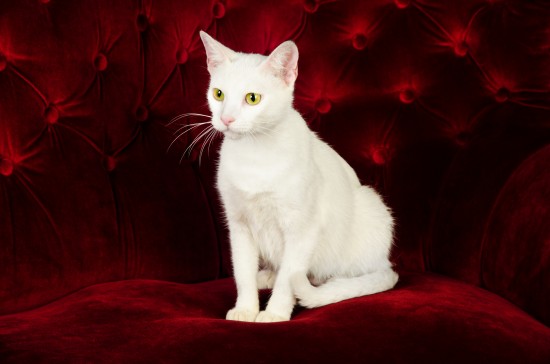 Some Frequently Asked Questions About The Khao Manee Cat Breed
Some Frequently A
Some Frequently Asked Questions About The Khao Manee Cat Breed
Some Frequently A
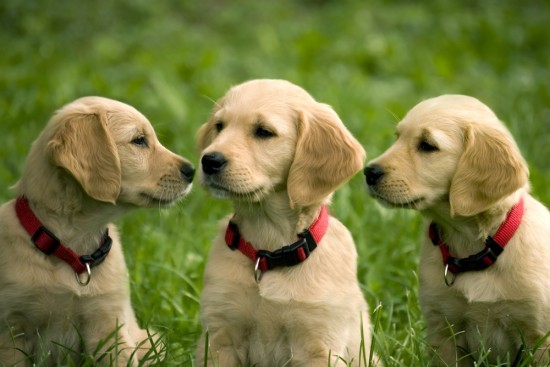 Buying A Pet - How To Avoid Potential Scams And Pitfalls
Buying A Pet - Ho
Buying A Pet - How To Avoid Potential Scams And Pitfalls
Buying A Pet - Ho
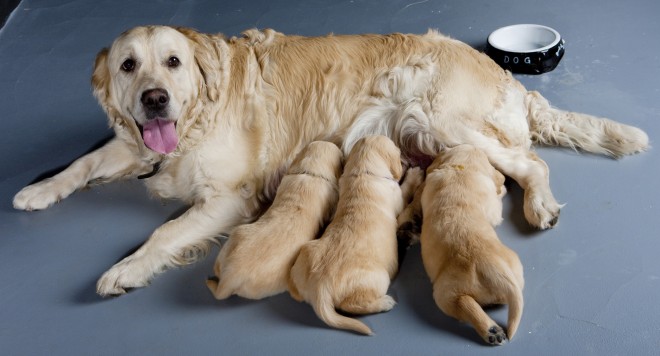 Can You Increase A Dam’s Milk Production?
Can You Increase
Can You Increase A Dam’s Milk Production?
Can You Increase
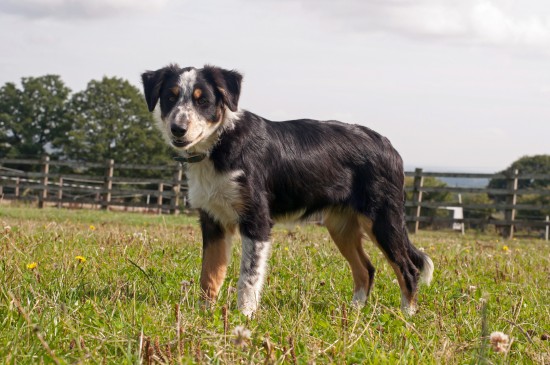 Keeping Herding Dogs Happy
Keeping Herding D
Keeping Herding Dogs Happy
Keeping Herding D
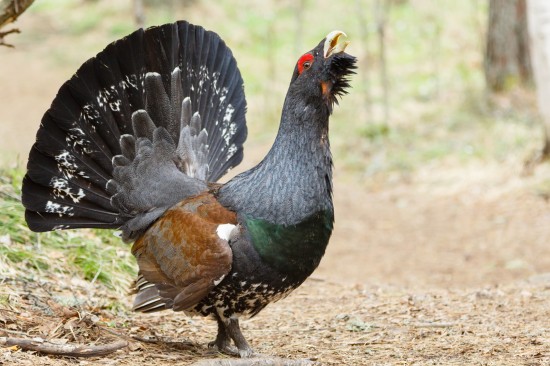 Britain’s Most Endangered Birds
Britain’s Most En
Britain’s Most Endangered Birds
Britain’s Most En
Copyright © 2005-2016 Pet Information All Rights Reserved
Contact us: www162date@outlook.com